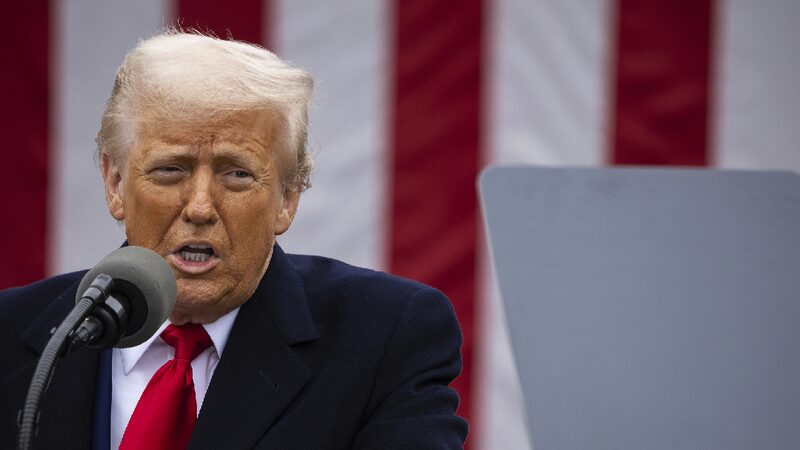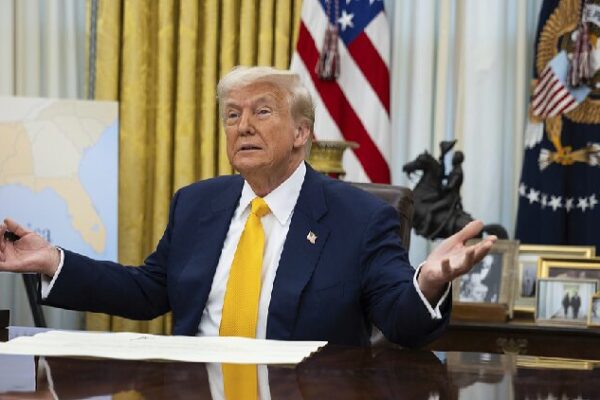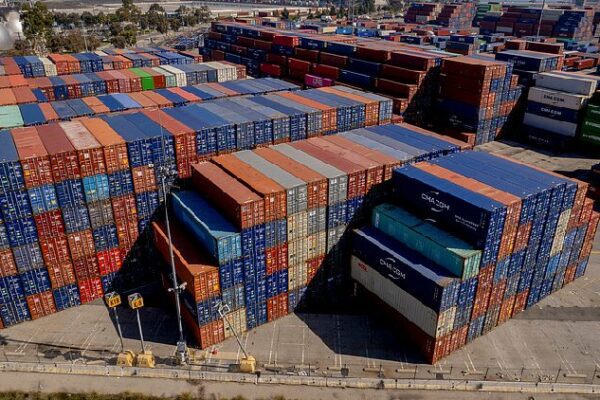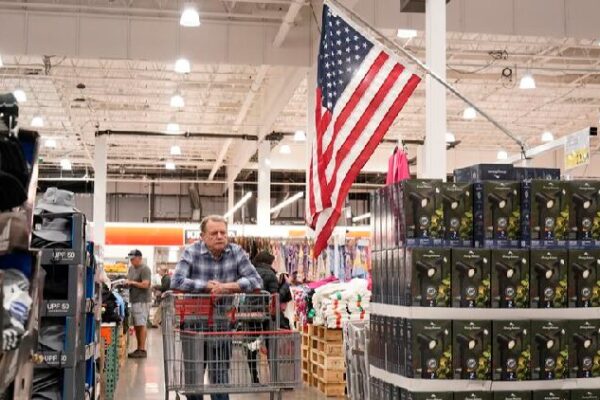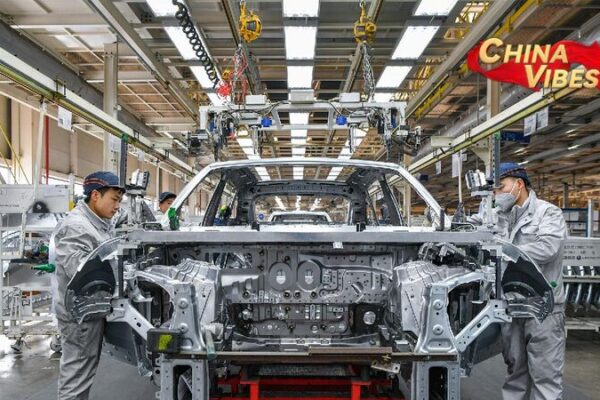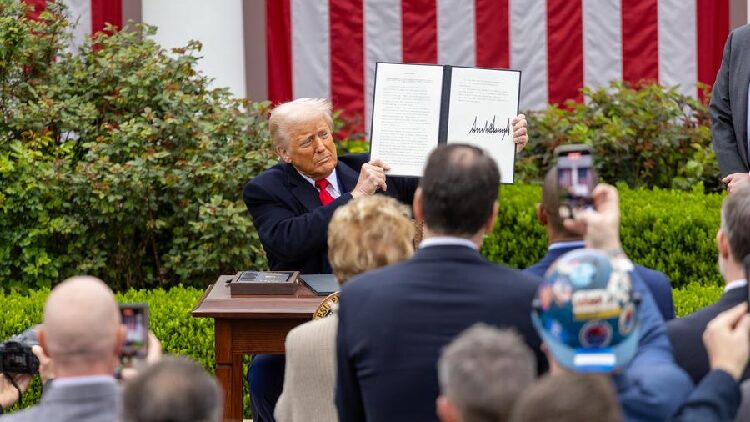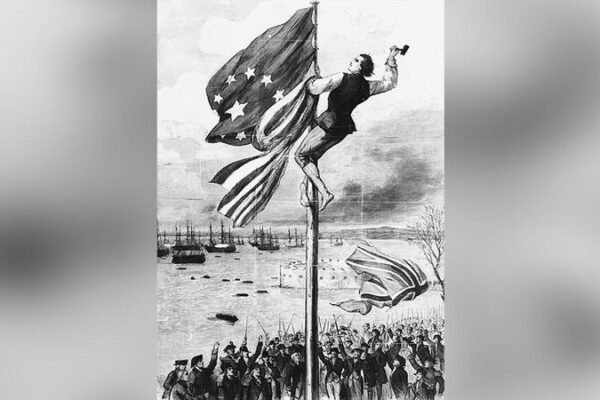America’s Trade Shift: From Free Trade to Tariffs
Have you noticed how trade between countries is changing? The United States, which once championed free trade, is now focusing on what’s called “fair trade.” This means they’re using tariffs—taxes on imported goods—to protect their own industries. But why is this happening, and what does it mean for the rest of the world?
A Look Back in Time
In the early days of the US, the country was developing its own industries. Meanwhile, Britain was the global superpower, producing goods cheaply and in high quality. If the US had allowed free trade back then, British products might have overwhelmed American markets, making it hard for local industries to grow.
To prevent this, the US government used tariffs to make imported goods more expensive. This gave American companies a chance to develop and compete. This approach was known as the “American System.”
Embracing Free Trade
As the US became an industrial powerhouse, it shifted toward free trade. The idea was that open markets would benefit everyone. American companies exported advanced technologies and financial services, while countries like China focused on manufacturing and assembly.
This global cooperation helped many countries grow economically. China’s rapid development is a prime example, lifting millions out of poverty and transforming it into a major global player.
Back to Tariffs
However, as other countries have advanced, the US faces more competition. Some industries in the US have declined, and many jobs have moved overseas. In response, the US is once again using tariffs to protect its industries and to try to gain better terms in trade agreements.
By taxing imported goods, the US hopes to encourage companies to make products at home, boosting domestic employment and production.
Challenges Ahead
But will this strategy work? Tariffs can lead to higher prices for everyday items because companies often pass the extra costs onto consumers. They can also cause tensions with other countries, who might respond with their own tariffs on US goods.
For tariffs to be successful, they typically need to be part of a bigger plan, including investing in new technologies, education, and infrastructure. Without these investments, simply raising tariffs might not bring back jobs or strengthen industries.
What It Means for Us
The changes in US trade policy affect the entire world. Countries in the Global South could see shifts in trade relationships, affecting their economies. It’s important for young people everywhere to understand these changes, as they can impact job opportunities, prices of goods, and international relations.
As the global economy continues to evolve, staying informed and adaptable is key. While nations navigate these complex trade dynamics, cooperation and innovation may offer the best paths forward.
Reference(s):
cgtn.com
